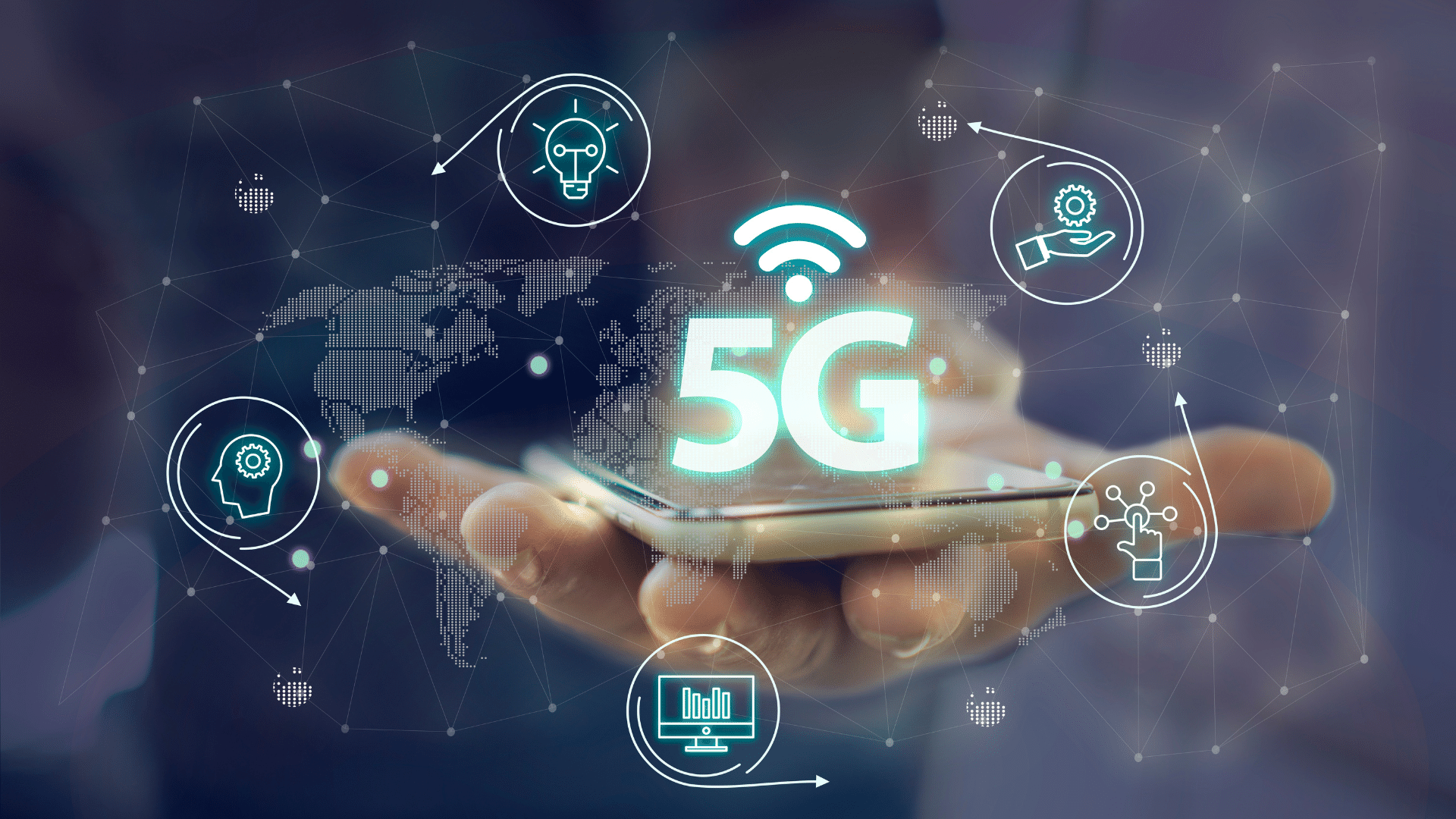The world is currently on the brink of a telecommunications revolution, and at the center of it is the rise of 5G technology. As the next generation of wireless technology, 5G is set to enhance mobile broadband services, drastically improving internet speed and connectivity. The implications of 5G go far beyond faster download speeds; they promise to unlock a wide range of possibilities across industries, including the Internet of Things (IoT), healthcare, autonomous vehicles, and more. In this article, we’ll explore what 5G is, how it works, and what it means for the future of connectivity.
What is 5G?
5G stands for “fifth-generation” wireless technology, and it’s the successor to 4G (LTE). While 4G networks have already brought significant improvements to speed and mobile internet access, 5G takes these capabilities to an entirely new level. The key features of 5G include ultra-high speeds, ultra-low latency, and the ability to connect a vastly larger number of devices at once.
In terms of speed, 5G is capable of achieving download speeds up to 100 times faster than 4G. This means that what once took minutes to download could now take seconds. In addition, 5G has low latency, which refers to the time it takes for data to travel from its source to its destination. 5G latency is expected to be reduced to as low as 1 millisecond, compared to the 30-50 milliseconds typical of 4G networks. This will enable near-instant communication between devices, which is critical for technologies like autonomous vehicles, remote surgery, and real-time gaming.
The Impact on Speed and Connectivity
One of the biggest benefits of 5G is its ability to offer much faster internet speeds, making everything from downloading movies to streaming high-definition video smoother and faster. For example, with 5G, downloading a high-definition movie could take mere seconds, compared to the several minutes it may take over 4G. This improvement in speed is particularly significant as more people rely on mobile devices for everything from entertainment to business communications.
Beyond faster speeds, 5G offers improved network reliability and coverage. In areas where 4G signals were weak or inconsistent, 5G is designed to deliver stronger and more stable connectivity. This is especially important in densely populated urban areas or in rural locations where internet service can be unreliable. With the expanded capabilities of 5G, users will experience less buffering, dropped calls, and slower data transfer, ultimately enhancing their overall experience.
The Internet of Things (IoT) and 5G: A Perfect Match
The Internet of Things (IoT) refers to the growing network of devices that are interconnected via the internet, such as smart home devices, wearable tech, industrial sensors, and autonomous vehicles. These devices are increasingly becoming an integral part of daily life, and the demand for connectivity continues to rise. However, with billions of devices connected to the internet, traditional 4G networks often struggle to handle the sheer volume of data being transmitted.
5G offers the solution to this problem by providing massive connectivity capabilities. It’s estimated that 5G will be able to support up to one million devices per square kilometer, compared to just 100,000 devices for 4G. This means that smart cities, which rely on a vast array of sensors, cameras, and other devices to monitor traffic, air quality, and other factors, will be able to operate more efficiently. Additionally, the low latency of 5G will enable devices to communicate in real-time, which is essential for applications such as autonomous vehicles, smart homes, and industrial automation.
For example, in a smart home, 5G will enable devices like thermostats, security cameras, and refrigerators to seamlessly communicate with each other, providing greater convenience, energy efficiency, and security. In healthcare, 5G’s high bandwidth and low latency will support the remote monitoring of patients, enabling doctors to provide real-time consultations and treatment, even from a distance.
The Role of 5G in Autonomous Vehicles
One of the most exciting applications of 5G technology is in the development of autonomous vehicles. Self-driving cars require real-time communication with other vehicles, infrastructure, and cloud systems to navigate safely and efficiently. With 5G, autonomous vehicles will be able to exchange data instantaneously, improving safety and performance. For example, 5G will allow vehicles to communicate with traffic signals, enabling them to adjust their speed and route based on traffic conditions, weather, or road hazards.
Moreover, 5G will enhance vehicle-to-vehicle (V2V) communication, enabling cars to warn each other about potential hazards, such as accidents or sudden braking. This type of communication can significantly reduce accidents and improve traffic flow, making the roads safer for everyone.
The Future of 5G: What Lies Ahead
As 5G networks continue to roll out worldwide, the technology is poised to have a transformative effect on industries ranging from healthcare to entertainment, manufacturing, and beyond. Beyond the immediate improvements in mobile connectivity, 5G will help unlock the full potential of emerging technologies such as artificial intelligence, augmented reality, and the IoT.
However, the widespread adoption of 5G also presents challenges, particularly in terms of infrastructure. Building the necessary 5G infrastructure, including new cell towers and fiber-optic networks, will require significant investment. Additionally, the global nature of 5G means that it will take time for different regions and countries to deploy the technology fully. Nevertheless, the long-term benefits of 5G are immense, and it is expected to play a crucial role in shaping the future of technology.
Conclusion: Embracing the Future with 5G
In conclusion, the rise of 5G is set to revolutionize the way we live, work, and interact with technology. With faster speeds, lower latency, and enhanced connectivity, 5G will enable the development of smart cities, autonomous vehicles, and a new era of the Internet of Things. As we continue to integrate 5G into our lives, the possibilities are limitless, and the future of connectivity has never looked more promising.
